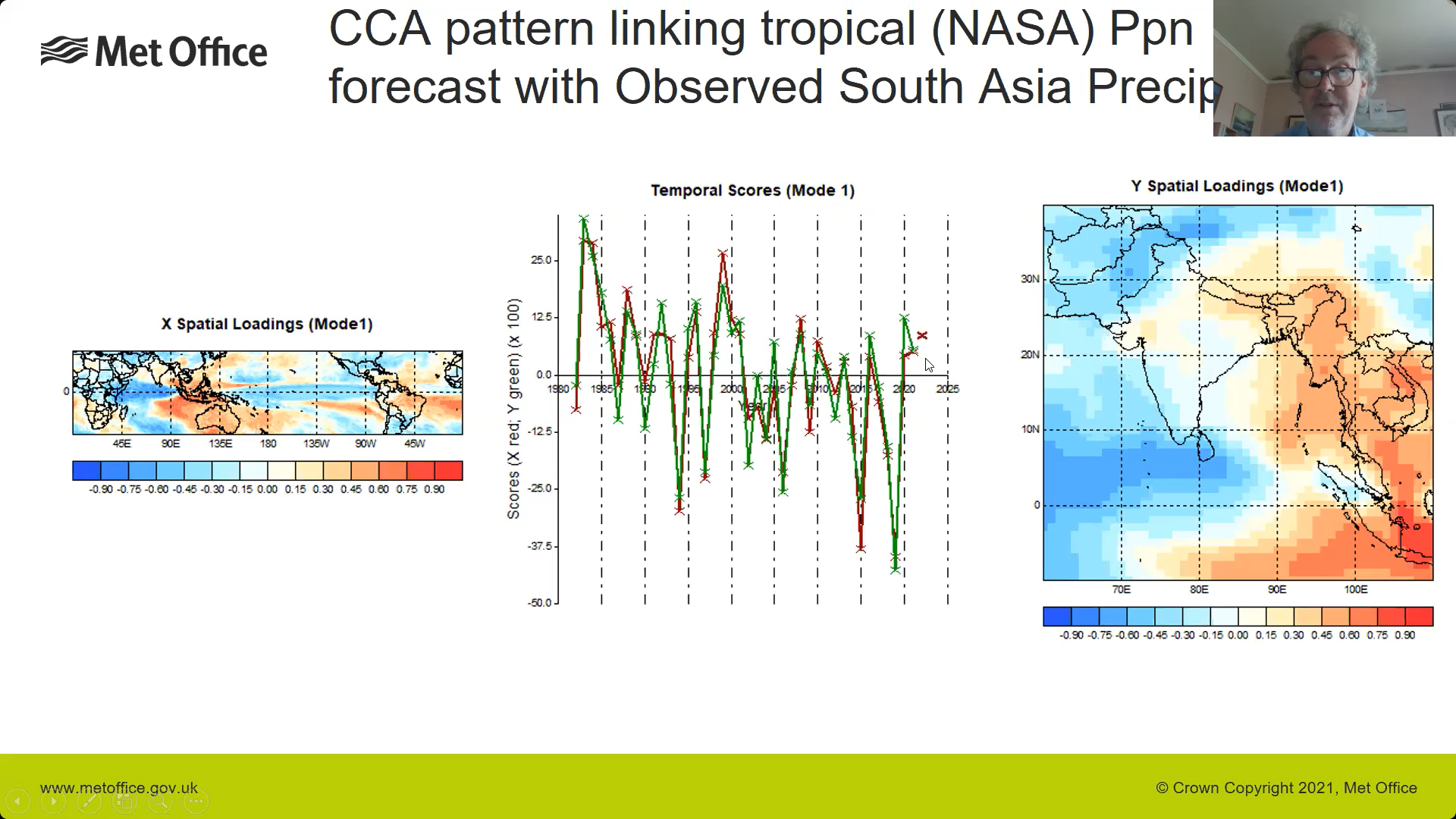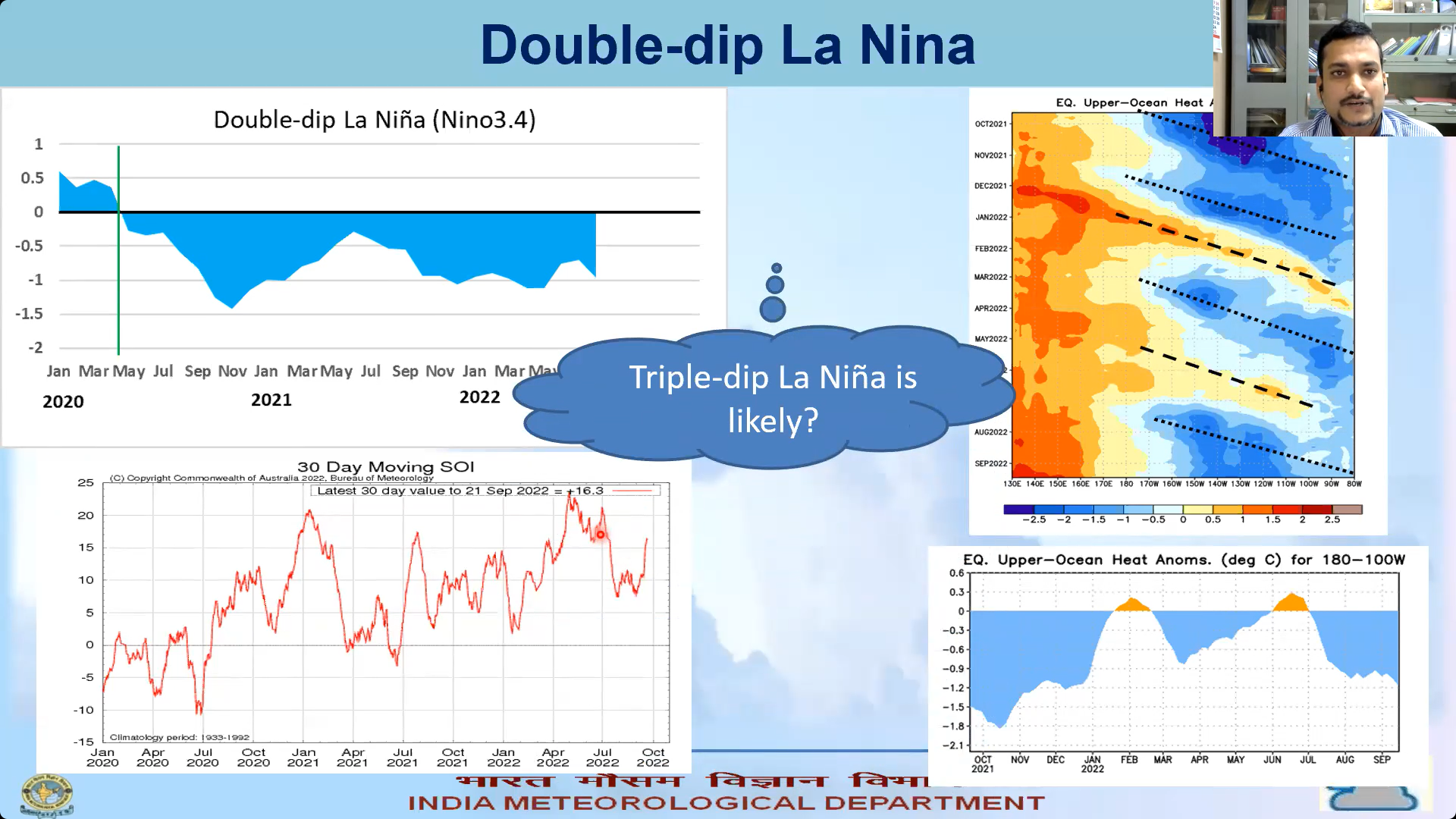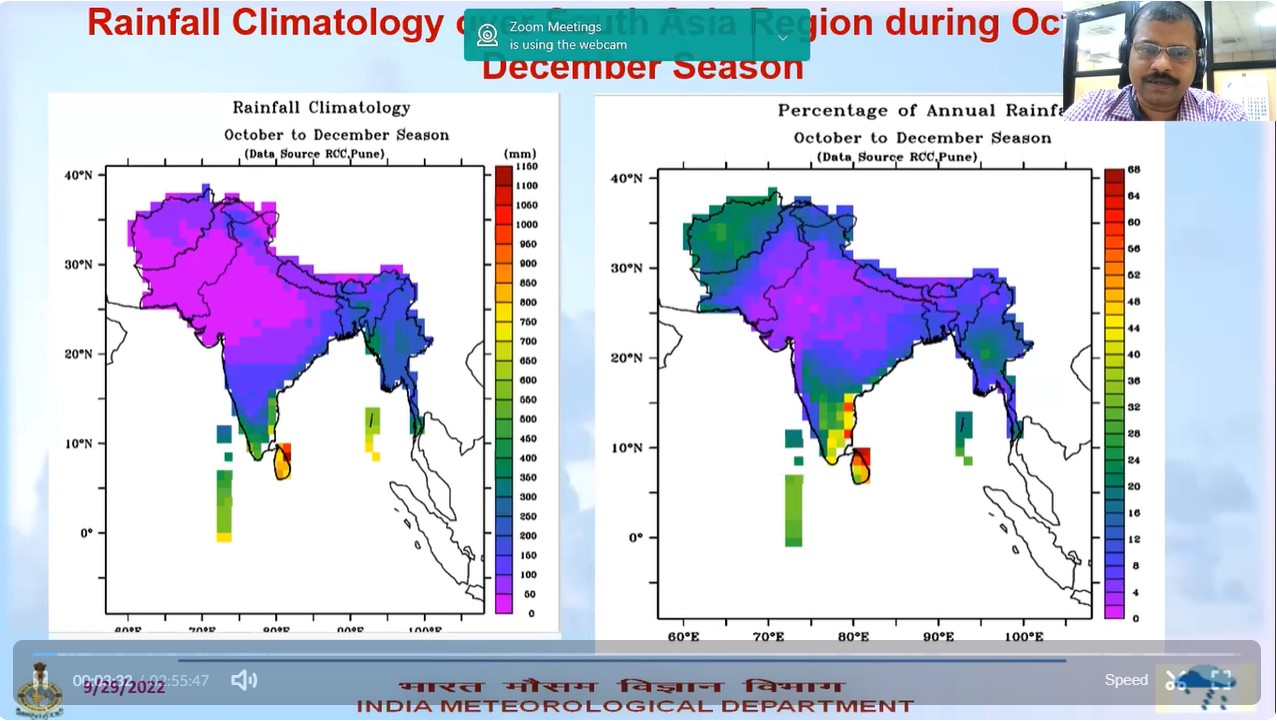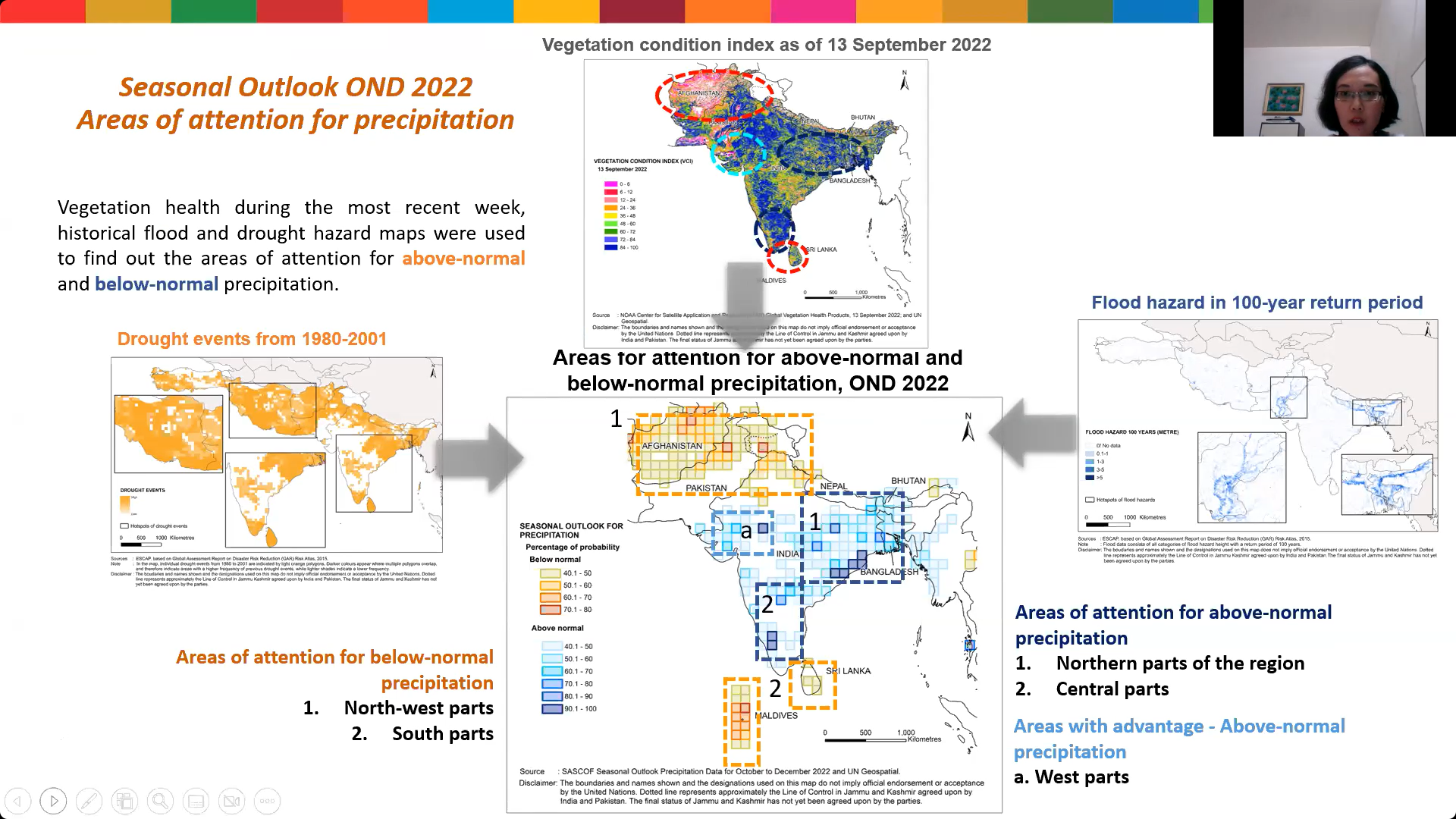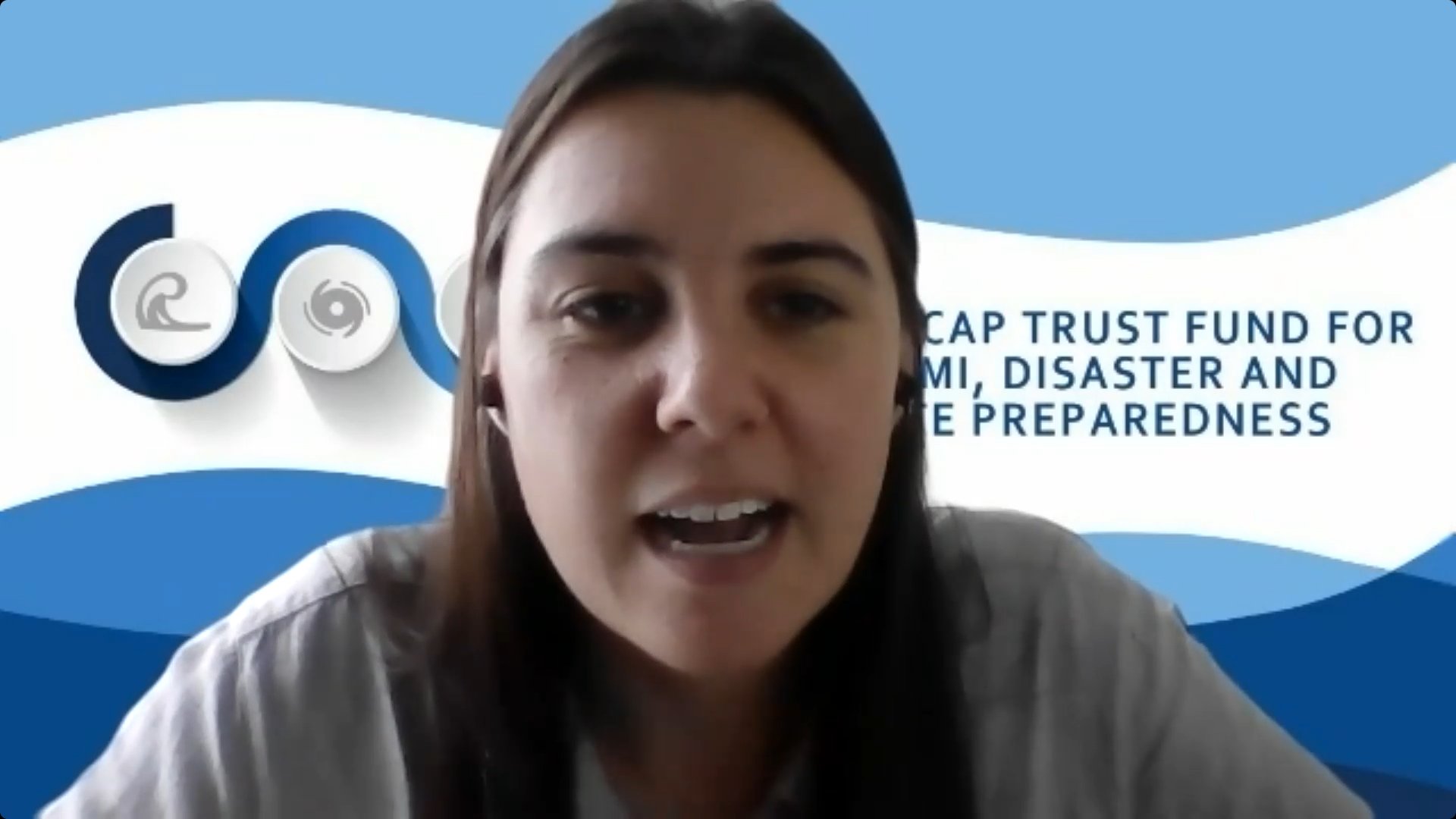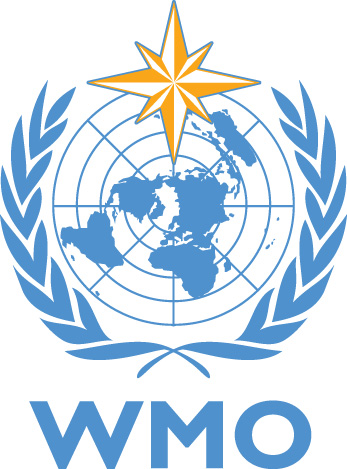


South Asian Climate Outlook Forum (SASCOF-23) & Climate Services Users Forum (CSUF)

- About the Event
- Agenda
- Participants List
- Consensus Outlook
- ACTIVITIES/PHOTOS
- QUESTIONNAIRE/SURVEY
About The Event
South Asian climate is influenced by both tropical (Oct-Dec) and temperate mid-latitude (Dec-Feb) circulation systems during the winter months. Southern parts of South Asia, including peninsular India, Sri Lanka, Maldives and southern coastal areas of Myanmar are influenced by North East Monsoon (Re-establishment of prevalent north easterly trade-wind regime over South Asia associated with the southward movement of the ITCZ), while extra-tropical activity dominated by “Western disturbances” influence the northern parts of the region including Afghanistan, Pakistan, north India, Bhutan, Nepal, Bangladesh and Myanmar. It is therefore necessary that seasonal forecasts for winter season be issued at two different times – one during September/October for southern region and the other during November/December for northern region. The crucial role of winter rains and the growing recognition of the benefits of SASCOFs in articulating and sharing seasonal climate information have led to the need for regularly conducting winter SASCOFs. Winter sessions of SASCOF’s were started in 2015 keeping in view the importance of winter seasonal climate to key user sectors. The first winter SASCOF session was held in October 2015, at Chennai, Tamil Nadu India, followed by Nay Pyi Taw, Myanmar in 2016, Male, Maldives in 2017, Colombo, Sri Lanka in 2018 and Thiruvananthapuram, India in 2019.Last two years (2020 and 2021), SASCOF Winter Sessions were held online due to CoViD-19 pandemic.
Objectives:
The objective of the forum is to prepare consensus seasonal climate information on regional scale that provides a consistent basis for preparing national level outlooks. Such platforms also serve to interact with user sector to understand and enhance the use of climate information. The SASCOF-23 is scheduled to be held in online due to CoViD-19 pandemic. The Regional Climate Centre (RCC), Pune of India Meteorological Department (IMD), Regional Integrated Multi-Hazard Early-warning System for Asia and Africa (RIMES) and WMO (World Meteorological Organization) shall provide technical support and be involved in organizing this online session of SASCOF.
SASCOF-23 will prepare a climate outlook for the 2022 winter season covering the months from October to December. NMHSs from SASCOF member countries Afghanistan, Bangladesh, Bhutan, India, Maldives, Myanmar, Nepal, Pakistan and Sri Lanka, as well as several regional and global experts will jointly prepare this consensus outlook. The CSUF session will focus on interface with users from the various application sector to interpret seasonal climate information and understand their specific needs with a view to further customizes climate information.
Day 1 & 2: September 26-27, 2022 – Technical session will consider available seasonal prediction output from WMO Global Producing Centers (GPCs) and the Lead Centre for LRF MME together with presentation of country forecasts and discussions.
Day 3: September 28, 2022 – Finalizing draft consensus statement for seasonal climate outlook through E-mail communications with SASCOF participants.
Day 4: September 29, 2022 – User oriented sessions focused on sharing, understanding and interpreting the seasonal climate outlook.
All National Meteorological and Hydrological Services (NMHSs) of South Asia; invited national and international experts; experts from WMO and RIMES; experts from RCCs (Tokyo Climate Center (JMA), UK Met Office and other GPCs, IMD and Indian Institute of Tropical Meteorology (IITM).
List of Participants
South Asian Climate Outlook Forum (SASCOF-23) & Climate Services Users Forum (CSUF)
| Sr. No. | Nominated Participants from NMHS | Organization | Country |
|---|---|---|---|
| 1 | Khayber Rahmani | Afghanistan Meteorological Department (AMD) | Afghanistan |
| 2 | Fawad Auobi | Afghanistan Meteorological Department (AMD) | Afghanistan |
| 3 | Dr. Md. Abdul Mannan | Bangladesh Meteorological Department (BMD) | Bangladesh |
| 4 | Mr. S. M. Quamrul Hassan | Bangladesh Meteorological Department (BMD) | Bangladesh |
| 5 | Ms. Monju Subba | National Center for Hydrology and Meteorology (NCHM) | Bhutan |
| 6 | Ms. Phuntsho Wangmo | National Center for Hydrology and Meteorology (NCHM) | Bhutan |
| 8 | Ms. Chaw Su Hlaing | Department of Meteorology and Hydrology (DMH) | Myanmar |
| 9 | Ms. Su Myat Naing | Department of Meteorology and Hydrology (DMH) | Myanmar |
| 10 | Mr Nasooh Ismail | Maldives Meteorological Services (MMS) | Maldives |
| 11 | Ms. Azeema Ahmed | Maldives Meteorological Services (MMS) | Maldives |
| 12 | Mr. Mohamed Aslam | Maldives Meteorological Services (MMS) | Maldives |
| 13 | Mr. Sudarshan Humagain | Department of Hydrology and Meteorology (DHM) | Nepal |
| 14 | Mr. Bikash Nepal | Department of Hydrology and Meteorology (DHM) | Nepal |
| 15 | Dr. Sarfaraz | Pakistan Meteorological Department (PMD) | Pakistan |
| 16 | Dr. Muhammad Afzaal | Pakistan Meteorological Department (PMD) | Pakistan |
| 17 | Dr. Zaheer Ahmad Babar | Pakistan Meteorological Department (PMD) | Pakistan |
| 18 | Ms.A.R.P.Warnasosoriya | Department of Meteorology (DoM) | Sri Lanka |
| 19 | Mr.T.P.N.Peiris | Department of Meteorology (DoM) | Sri Lanka |
| 20 | Ms Himesha Alagiyawanna | Department of Meteorology (DoM) | Sri Lanka |
| Sr. No. | List of GPC/RCC Presenters | Organization | Country |
|---|---|---|---|
| 1 | Dr.Takashi Yamada | Japan Meteorological Agency (JMA) | Japan |
| 2 | Dr. Nemoto Noboru | Japan Meteorological Agency (JMA) | Japan |
| 3 | Dr. Takahashi Kiyotoshi | Japan Meteorological Agency (JMA) | Japan |
| 5 | Dr. Nachiketa Acharya | Earth System Modeling, Analysis, and Data (ESMAD) , Penn State University | USA |
| 6 | Dr. Hyun-Ju Lee | Long-Range Forecast Multi-Model Ensemble (LRFMME) WMO | South Korea |
| 7 | Dr. Bohar Singh | International Research Institute for Climate and Society (IRI) | India |
| Sr. No. | List of International Organization Participants | Organization | Country |
|---|---|---|---|
| 1 | Dr. Wilfran Moufouma Okia | World Meteorological Organization (WMO) | Switzerland |
| 2 | Ms. Anahit Hovsepyan | World Meteorological Organization (WMO) | Switzerland |
| Sr. No. | IITM Participants Pune | Organization | Country |
|---|---|---|---|
| 1 | Dr. R. Krishnan | Indian Institute of Tropical Meteorology (IITM) | India |
| 2 | Dr. A. K Sahai | Indian Institute of Tropical Meteorology (IITM) | India |
| 3 | Dr. Suryachandra Rao | Indian Institute of Tropical Meteorology (IITM) | India |
| 4 | Ms. Susmita Joseph | Indian Institute of Tropical Meteorology (IITM) | India |
| 5 | Dr. Rupa Kumar Kolli, IITM | Indian Institute of Tropical Meteorology (IITM) | India |
| Sr. No. | RIMES Team | Organization | Country |
|---|---|---|---|
| 1 | A. R. Subbiah | Regional Integrated Multi-hazard Early Warning System (RIMES) | Thailand |
| 2 | G. Srinivasan | Regional Integrated Multi-hazard Early Warning System (RIMES) | Thailand |
| 3 | K. J. Ramesh | Regional Integrated Multi-hazard Early Warning System (RIMES) | Thailand |
| 4 | Anshul Agarwal | Regional Integrated Multi-hazard Early Warning System (RIMES) | Thailand |
| 5 | Itesh Dash | Regional Integrated Multi-hazard Early Warning System (RIMES) | Thailand |
| 6 | Tschencho Dorji | Regional Integrated Multi-hazard Early Warning System (RIMES) | Thailand |
| 7 | Raihan Haque Khan | Regional Integrated Multi-hazard Early Warning System (RIMES) | Thailand |
| 8 | Mitesh V Sawant | Regional Integrated Multi-hazard Early Warning System (RIMES) | Thailand |
| Sr. No. | UK Met Team | Organization | Country |
|---|---|---|---|
| 1 | Andrew Colman | UK Met Office (UKMO) | United Kingdom |
| 2 | Rebecca Parfitt | UK Met Office (UKMO) | United Kingdom |
| 3 | Sarah Holmes | UK Met Office (UKMO) | United Kingdom |
| 4 | Tamara Janes | UK Met Office (UKMO) | United Kingdom |
SASCOF-23 Outlook for Seasonal Rainfall and Temperature over South Asia during October to December 2022
Summary:
Below-normal rainfall is likely during October – December (OND) season 2022 over the extreme southern parts of the South Asia including the islands where climatologically we receive good amount of rainfall during the season. Below normal rainfall is also likely over the northwestern parts of South Asia as well as extreme eastern parts of South Asia which normally receive very low rainfall during OND season. Above normal rainfall is likely over most parts of west, central and northeast regions and remaining area of southern parts of South Asia. Remaining part of the region is likely to experience normal or climatological probability for the seasonal rainfall.
During the season, normal to above normal maximum temperatures are likely over northwest, northeast parts of South Asia including foothills of Himalaya. The maximum temperature is likely to be below normal over the west, central and southern parts of South Asia. The minimum temperature is likely to be above normal over most part of the region except parts of west, northwest and southern parts of South Asia.
This consensus climate outlook for the 2022OND season over South Asia has been developed through an expert assessment of the prevailing global climate conditions influencing the South Asian climate and seasonal forecasts from different climate models around the world. Currently La Niña conditions are prevailing over equatorial Pacific region and negative Indian Ocean Dipole (IOD) conditions are prevailing over the Indian Ocean. These parameters are known to influence the climate variability over South Asia. Latest forecasts from many climate models indicate that La Niña conditions are likely to continue up to the end of year and the negative IOD conditions are likely to weaken by the end of year. Careful consideration is also given to other regional and global factors as well as the intra seasonal variability of the region that can affect the rainfall and temperature patterns over the region.For more information and further updates on the seasonal climate outlook on national scale, the respective National Meteorological and Hydrological Services (NMHSs) may be consulted. The Detailed SASCOF Consensus Outlook Statement is available here
The Enhanced SASCOF Outlook is also available hereNote: No questionnaires or survey conducted during SASCOF-23 & CSUF





